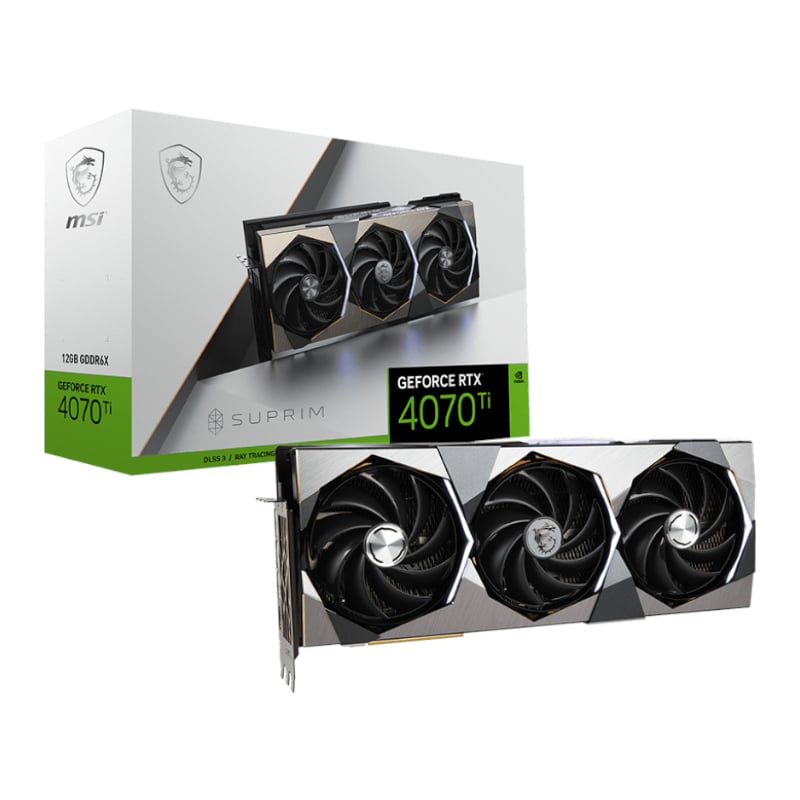
18 Feb The Evolution of Graphics Cards: From Pixels to Ray Tracing
The graphics card landscape has undergone dramatic changes in recent years, with technological advances pushing the boundaries of what’s possible in real-time rendering. From the introduction of hardware-accelerated ray tracing to AI-powered upscaling, modern GPUs are more sophisticated than ever before.
NVIDIA’s RTX series revolutionized gaming graphics with the introduction of dedicated ray tracing cores. These specialized processing units enable real-time ray tracing, creating more realistic lighting, shadows, and reflections. The technology has matured significantly since its introduction, with more games supporting these features and performance improvements making them more practical for everyday use.
AMD’s response came in the form of their RDNA architecture, which has evolved to include ray tracing capabilities while maintaining competitive raster performance. Their approach to ray tracing differs somewhat from NVIDIA’s, but the end result is similar: more realistic and immersive gaming experiences.
One of the most significant developments in recent GPU technology has been the introduction of AI-powered upscaling technologies. NVIDIA’s DLSS and AMD’s FSR have made it possible to render games at lower resolutions and upscale them with minimal quality loss, significantly improving performance in demanding titles.
Memory technology has also seen significant advancement. The latest graphics cards utilize high-speed GDDR6X memory, providing massive bandwidth for handling complex textures and high-resolution assets. This improved memory performance is crucial for 4K gaming and professional applications.
Power efficiency remains a crucial consideration in GPU design. The latest generations from both manufacturers show improved performance per watt, though high-end cards still require substantial power supplies and cooling solutions. This has led to innovations in cooling design, with manufacturers implementing more sophisticated thermal solutions.
For content creators, modern GPUs offer specialized features like hardware-accelerated video encoding and decoding. These capabilities can significantly speed up video rendering and streaming tasks, making them valuable tools for professionals and content creators.
The competitive market has driven innovation in both hardware and software. Driver updates regularly bring performance improvements and new features, extending the useful life of graphics cards. Both NVIDIA and AMD have robust software ecosystems that provide additional value through features like streaming optimization and performance monitoring.
Price and availability have been significant factors in the GPU market recently. Cryptocurrency mining and supply chain issues have affected availability and pricing, though the situation has improved. When choosing a GPU, it’s important to consider not just performance but also current market conditions and value proposition.
Looking forward, the future of graphics cards seems focused on continued improvements in ray tracing performance and AI capabilities. The integration of machine learning features for both gaming and professional applications is likely to increase, potentially revolutionizing how we think about real-time graphics.
[Continued in remaining 5 blog posts with topics including:
- The Rise of Custom PC Building: A Guide for Beginners
- Storage Wars: SSDs vs. HDDs in Modern Computing
- Power Supplies: The Unsung Heroes of PC Building
- The Future of PC Gaming: Hardware Trends and Predictions
- Cooling Solutions: Air vs. Liquid in Modern PCs]



No Comments